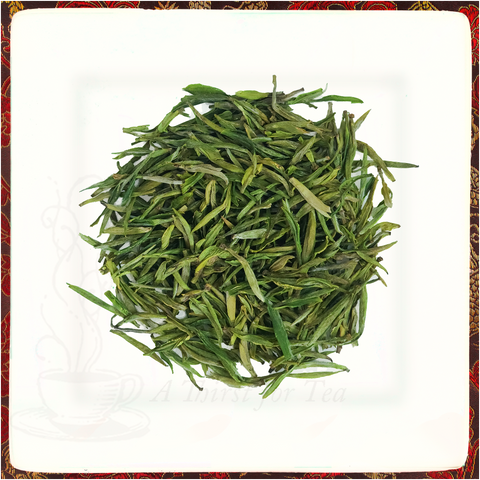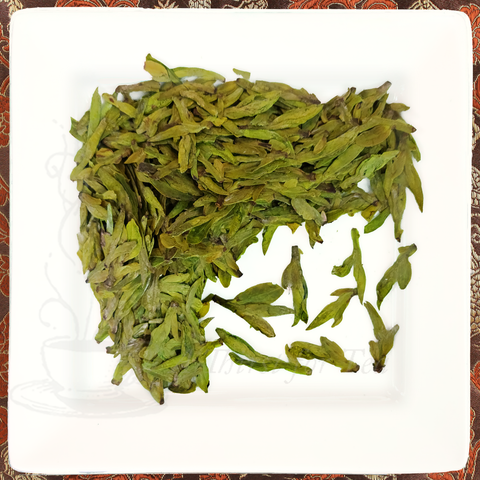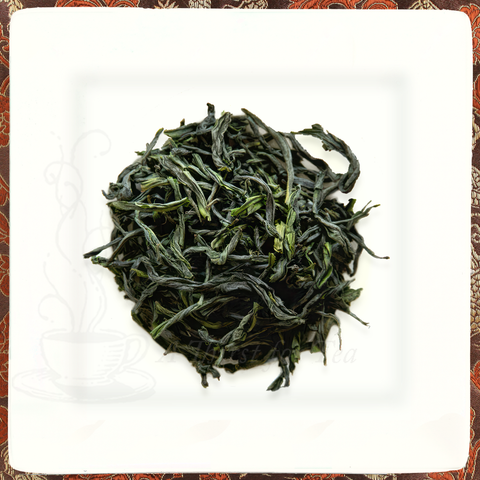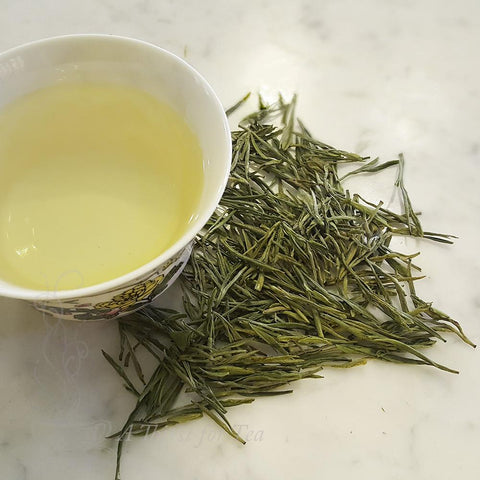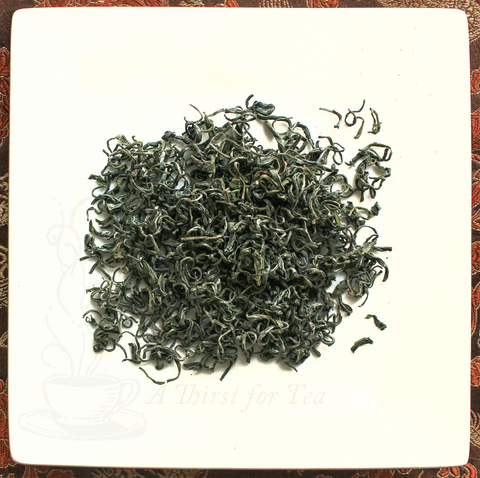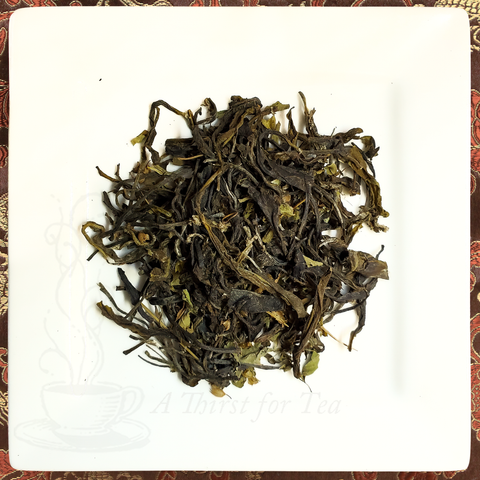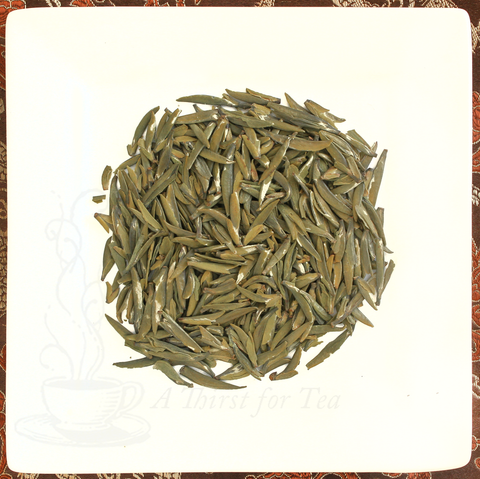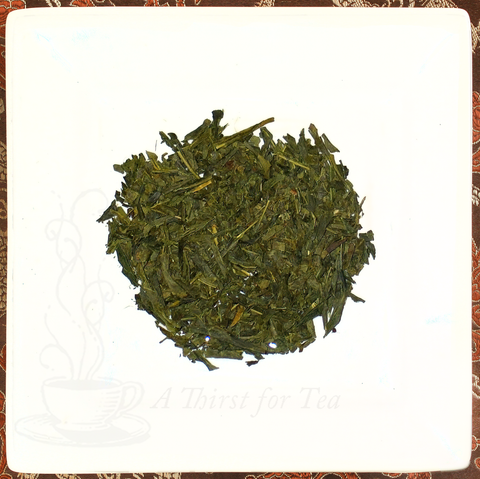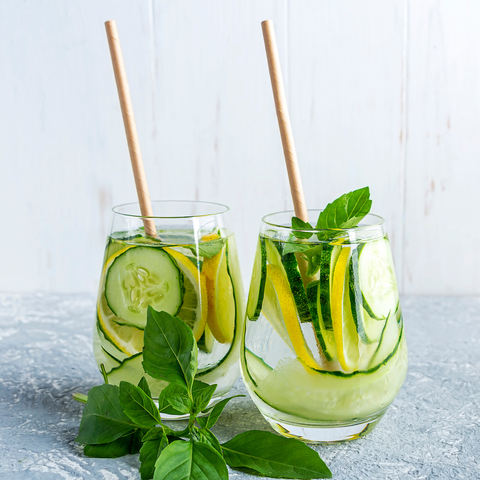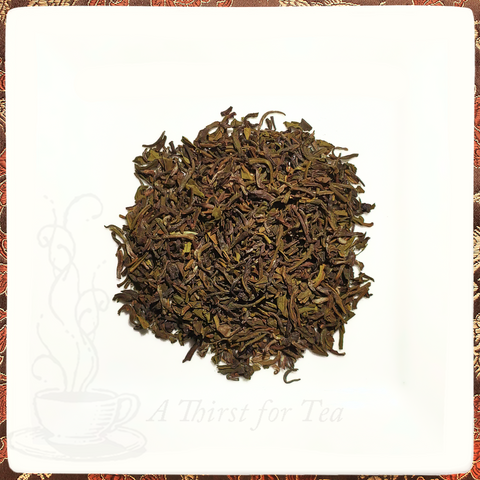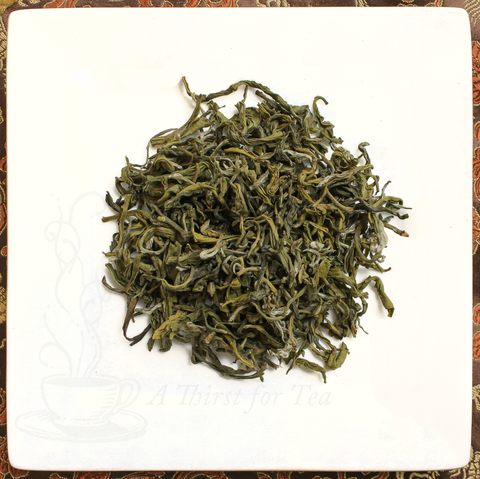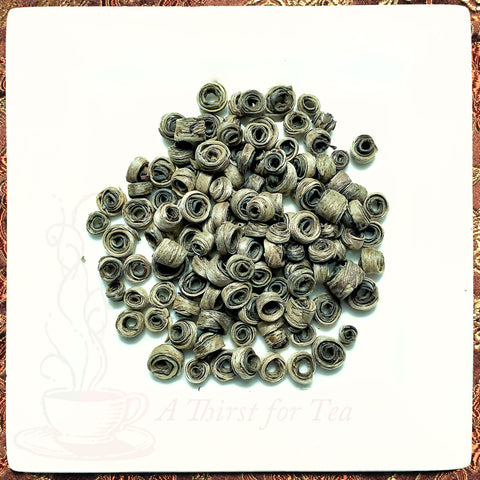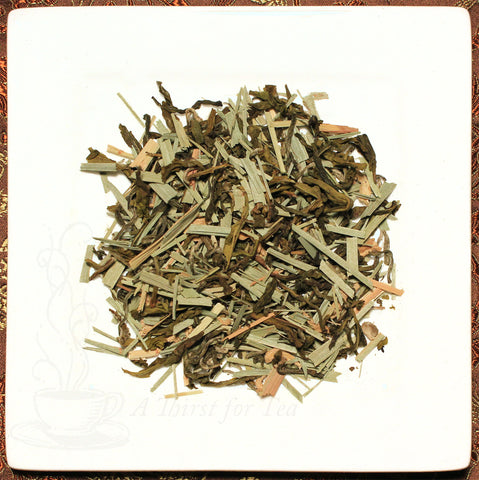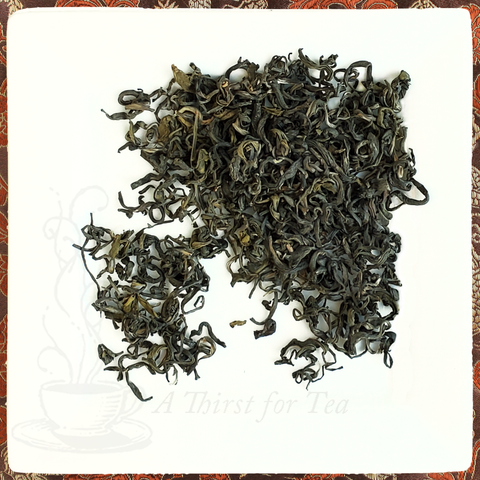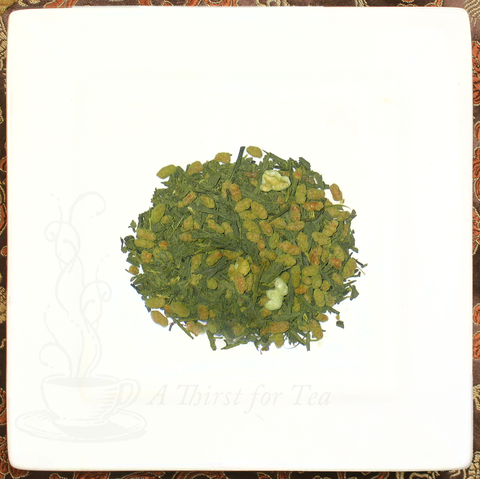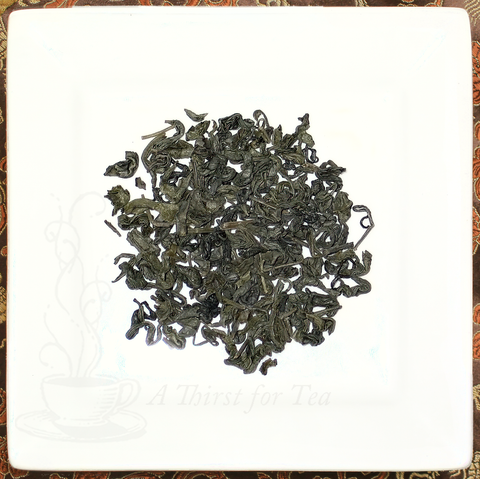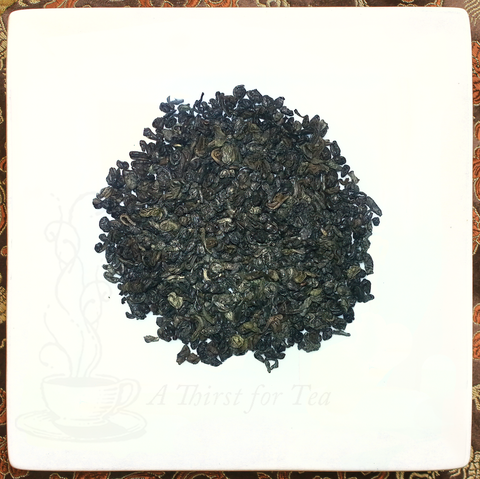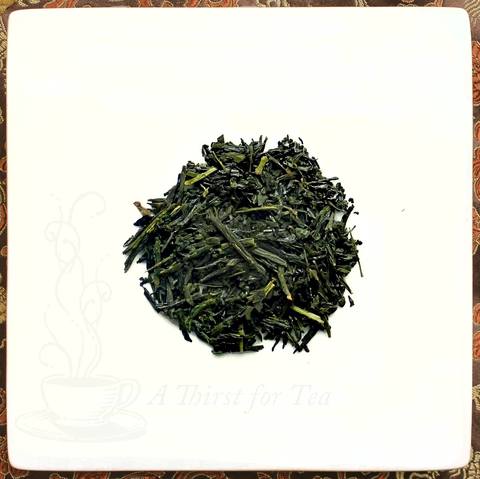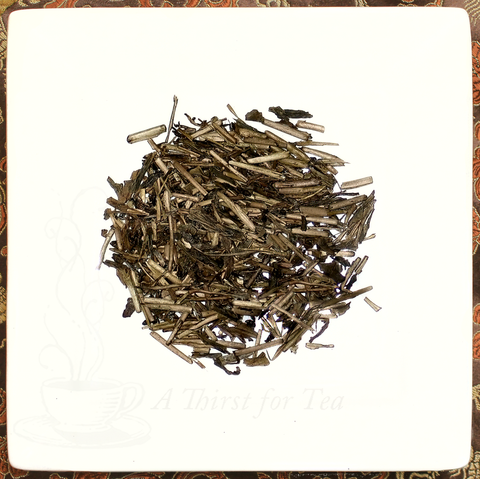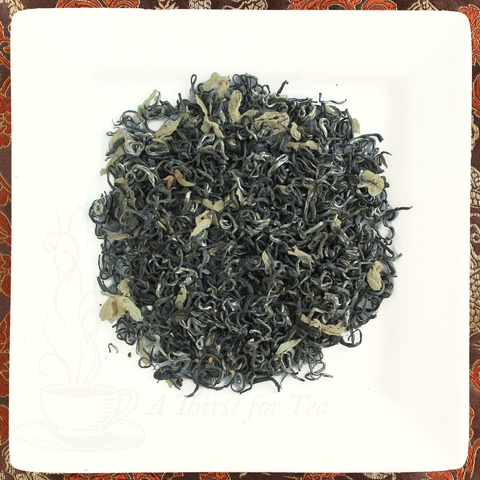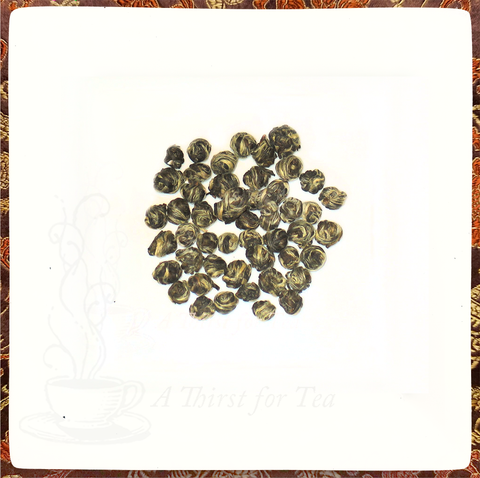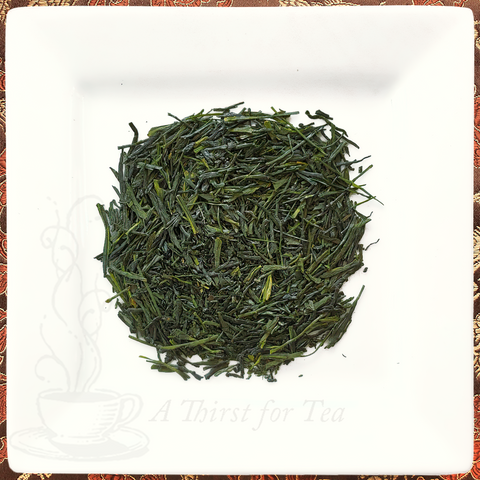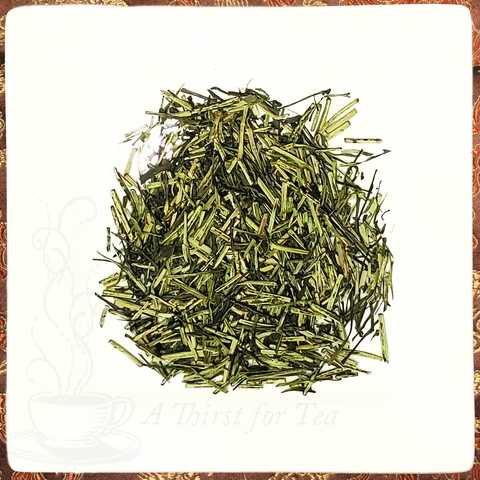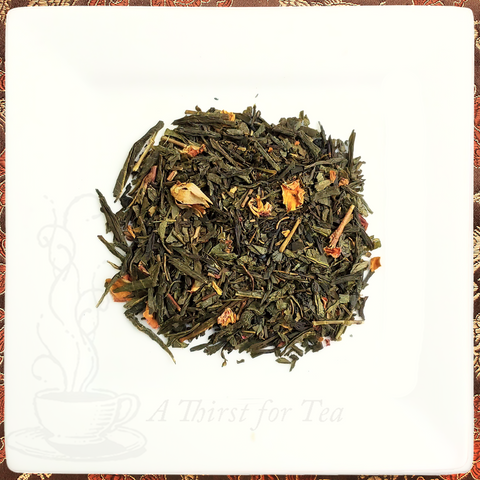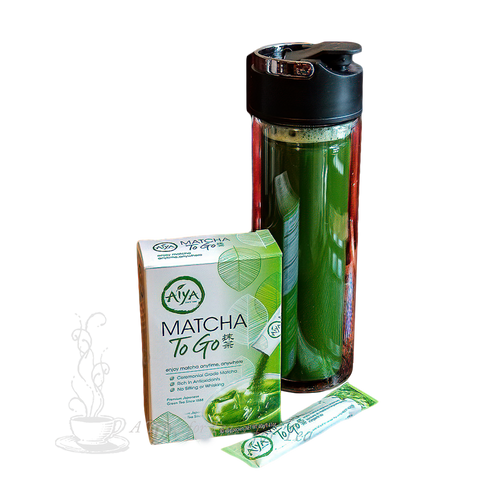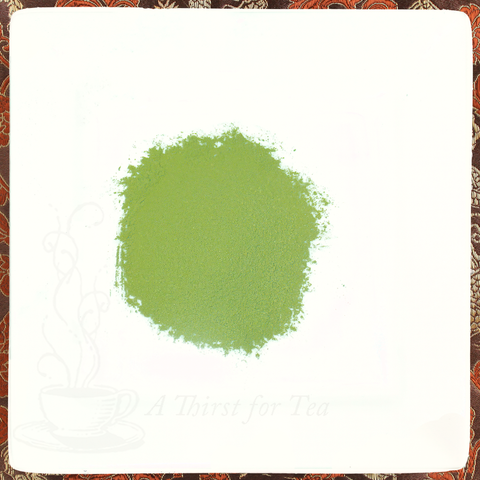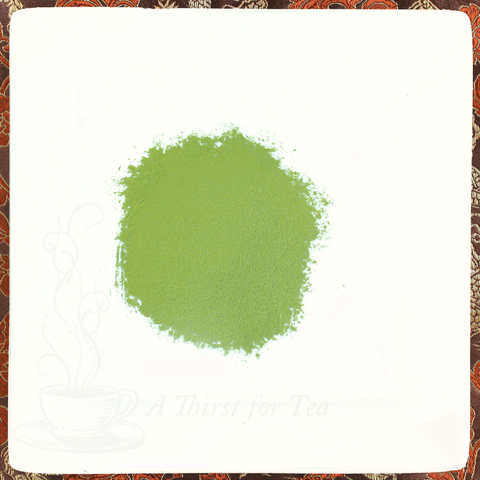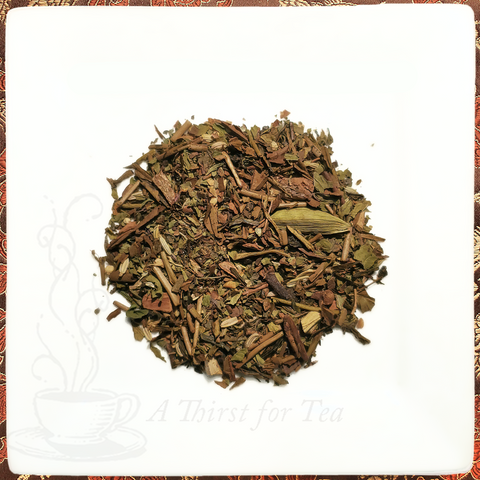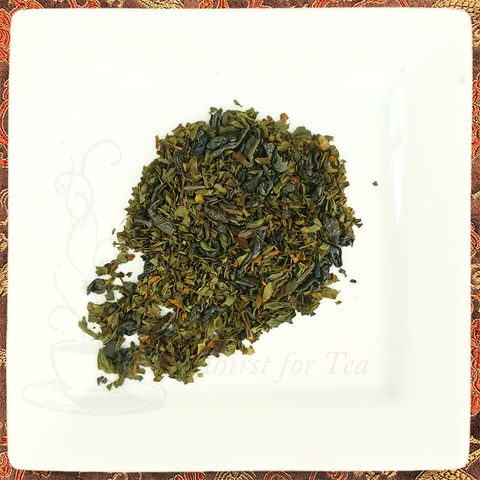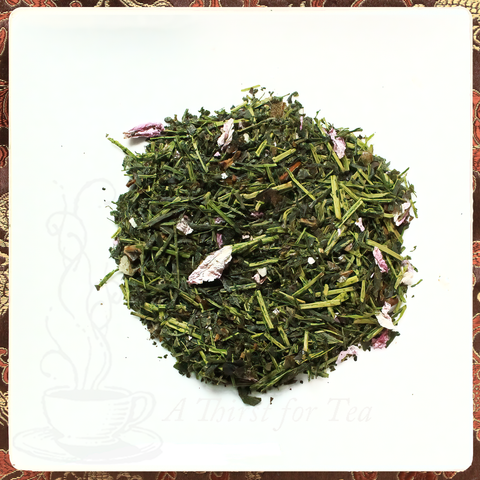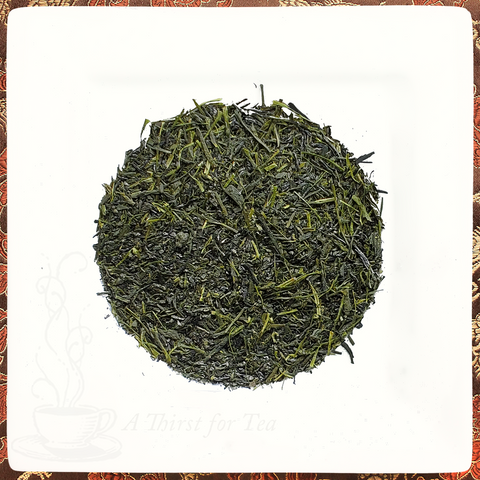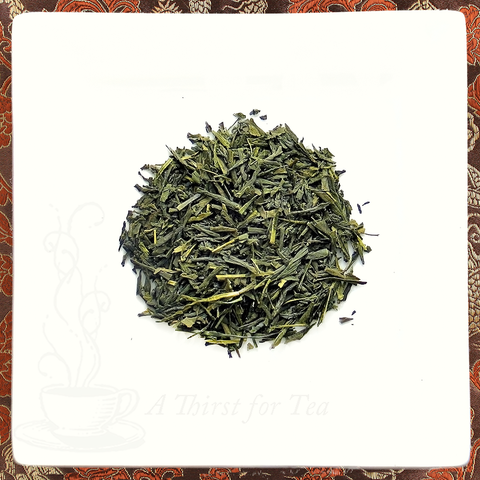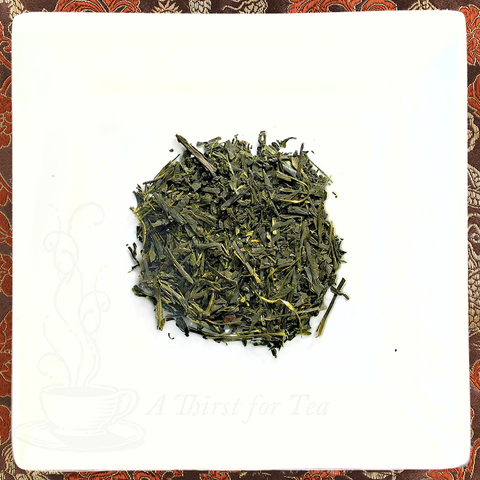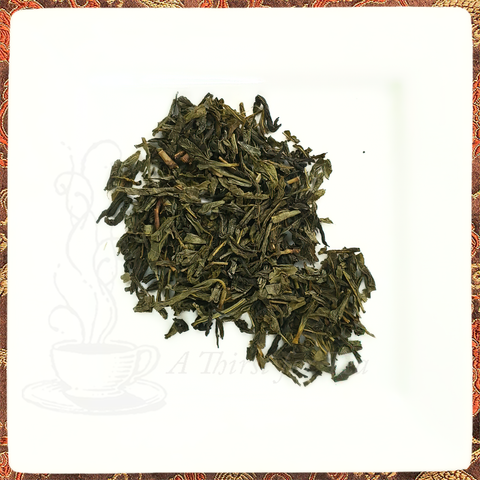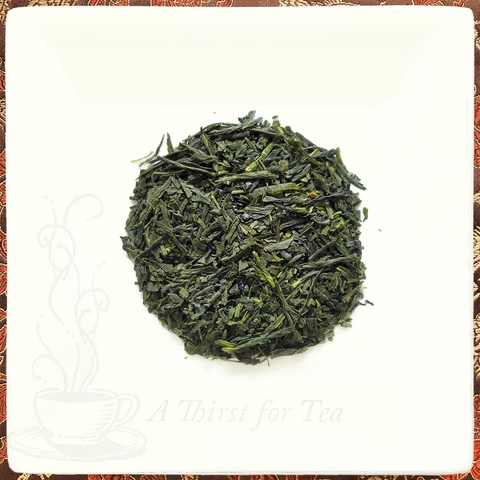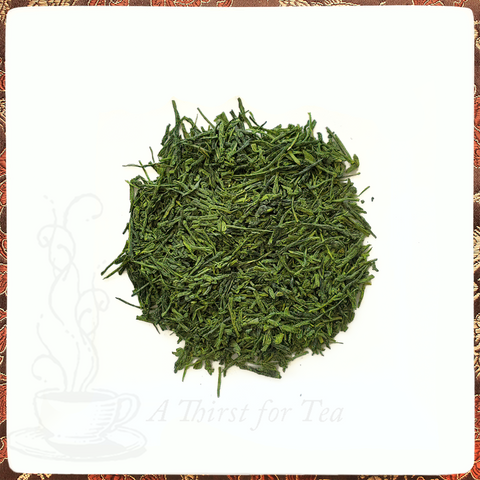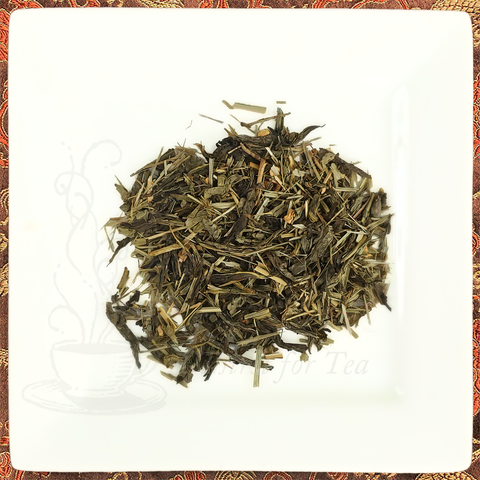Sen Cha Decaf, Decaffeinated Japanese Style Green Tea in Pyramid Tea Sachets
$2.99 $8.50Sen Cha Decaf, Decaffeinated Japanese Style Green Tea in Pyramid Tea Sachets
$2.99 $8.50- Gallery
- Description
- Sencha Background
- Japanese Green Tea Preparation
- Reviews
Our decaf Sen Cha style green tea was grown and produced in China's Hunan Province. The exceptional leaf is decaffeinated using a patented Canadian Chemical Free CO2 process. During the process, naturally occurring CO2 is circulated under high pressure to extract caffeine. Not only is this process completely chemical free and kind to the environment, it leaves none of the chemical flavor residue associated with chemically decaffeinated teas.
The light, fresh taste of this tea makes it a natural for blending with dried fruits, herbs and spices for cooking. Try chopping the tea leaves and combining with spices and use the mixture to coat chicken or steak before cooking. Or, substitute a cup of Decaf Sen Cha tea for a cup of broth in vegetable-based soups. You can also throw steeped chopped leaves into soup while it simmers to add extra greens. Add a few tablespoons to a marinade for fish or shellfish. Sencha balances out sweeter varieties, like halibut or scallops. Sen Cha can also be used in baking. After mixing the dough or batter for cookies, muffins, or scones, fold two tablespoons of dried Sen Cha tea leaves directly into it, then bake as usual. Sen Cha pairs beautifully with Cranberry Orange Bread, Cream cheese, Seafood Paella, Salmon and most Asian foods.
Ingredients: Artisan green tea
Origin: Hunan, China
Japan produces approximately 90,000 tons of green tea each year, but only exports about 1-2 percent of its total production. Recently Japan has also become a leading importer of the finest teas in the world. Over half of the yearly production of Japanese tea comes from Shizuoka-prefecture. The production of green tea entails the steaming of the green leaf and hand or machine rubbing. The teas are then pan-fired or basket fired which gives them a distinctive appearance and glossy look and feel. These methods give a taste that is light in color but rich and full in the cup.
Variations in the steaming process produce different flavor profiles of Sen Cha Japanese Green Tea. Chumushi means "medium steaming" (about one minute) which results in a tea with a bold taste and sweet aftertaste with remarkable green fragrance. This is the tea attracting the Japanese for over three centuries. Fukamushi is a more deeply steamed tea (up to 3 minutes) which produces a fresh vegetal green aroma with a smooth body, savory "umami" flavor and semi-brisk finish. The flavor profile of this tea has appealed to American tea drinkers for over 100 years. Asamushi means "shallow steaming," approximately 30 seconds. The short steaming results in a larger dried leaf and makes for a light flavor in the cup. The longer steaming produces leaves that are more broken up and makes for a tea with more body.
Sencha, the most popular tea consumed in Japan, is known for its bountiful antioxidants, greenish-golden infusion and delicious taste. Sen cha is commonly used in Japanese tea ceremonies marking events of personal importance. In this type of ceremony it is the ritual that is of paramount importance as the individual is being acknowledged. For ceremonies marking 'life altering events', matcha is used.
Brewing Instructions
Water Temperature: 168-175
Water Quality: Best with Spring Water
Amount of Leaf (per 6 fl oz water): 1 tsp. (2.5 grams)
Steep Time: 1-3 minutes
Number of Infusions: 3
Most Japanese green teas may be prepared in a standard teapot, tetsubin, or in your favorite mug or lidded gaiwan. For best results, we recommend that you pre-warm your vessel, and place 2.5 grams of leaf per 6 oz of liquid, before infusing with 168-175 degree water for up to 1-3 minutes. As with all green teas, most Japanese green teas can be infused at least three times. Increase the time and temperature slightly with each subsequent infusion. Experimenting with your own temperatures and steeping times is encouraged, especially with such a forgiving tea. Cooler temperatures and shorter times yield more mellow, fruity elements, while hotter water and longer times produce more floral and full-bodied complexities. Always use the best-tasting water you can find, and adjust steeping times, quantity of leaves, and water temperature to your personal preferences.
We highly recommend brewing your tea in a teapot or mug with a removable infuser so that you can remove the leaves at the end of the steeping time. Whole leaf teas of this quality need room to unfurl and expand in the water in order to perform their "magic." If you don't have a removable infuser, you can brew the loose leaves directly in the pot. At the end of the steeping time, pour all of the tea into a warm serving pitcher or pot.

